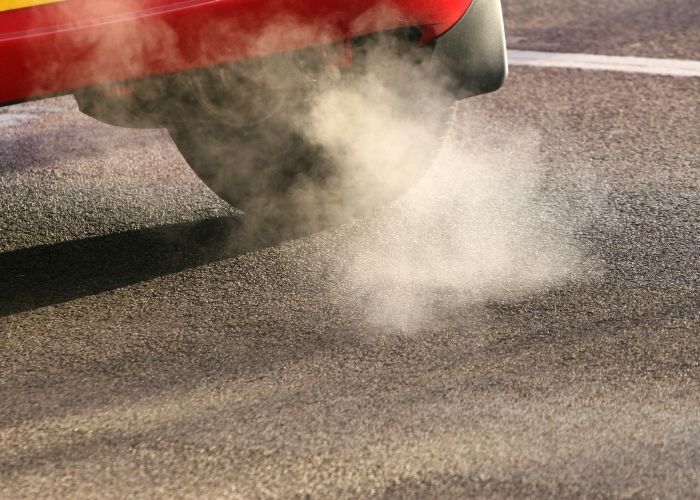MADRID – The World Health Organisation (WHO) recently lowered the threshold for a safe concentration of nitrogen dioxide (NO2) in the air. But 7 of the 80 largest Spanish cities have NO2 concentrations in the air that fall within this new standard.
Therefore, this involves a significant reduction in the safe annual exposure to harmful nitrogen dioxide. This must reduce from 40 micrograms per cubic metre to only 10 micrograms. However, in none of the 27 European capitals is the annual exposure 10 micrograms or lower. Furthermore, with 73 cities above this threshold, the new recommendation for Spain still has a long way to go.
Motorised traffic is the culprit
Nitrogen pollution is a direct result of motorised traffic in cities. As such, a report by the European Environment Agency (EEA) shows that during the lockdown in Spain, the NO2 concentration in the air was halved in the 80 most populous cities. Assuming a normal situation and the old threshold for safe NO2 exposure (ie 40 micrograms), almost all 80 Spanish cities were below the safety standard.
Furthermore, after analysing scientific literature, the WHO reduced this threshold to a quarter for the first time in 15 years. Based on data from 2019, Badajoz, Benidorm, Cáceres, Elda, Palencia, Telde and Zamora still comply with the new directive. Most of the 80 most populous cities in Spain were between 10 and 30 micrograms per cubic metre that year. However, the ten cities with the highest concentrations of NO2 in 2019 were as follows;
- Granada (43 micrograms)
- Coslada (39)
- Mollet del Vallès (39)
- Murcia (38)
- Terrassa (37)
- Leganés (36)
- Madrid (35)
- Granollers (35)
- Getafe (33)
- Barcelona (32).
Exposure from 10 micrograms harmful to health
The WHO concluded from scientific literature that annual exposure from 10 micrograms per cubic metre is harmful to the lungs and airways. However, this is expressly a recommended threshold and not a legally valid guideline. Therefore, the legal maximum concentration of NO2 has been set by the EU at 40 micrograms. This is as recommended by the WHO since 2005. The Spanish cities of Madrid and Barcelona have been reprimanded by the European Commission several times in the past ten years for repeatedly exceeding this NO2 threshold.
Gradual adjustment
According to air quality specialist Julio Díaz of the Instituto de Salud Carlos III, the European Commission will not follow the new WHO recommendation in the short term. However, new guidelines will be introduced gradually. Díaz indicates that although the scientific world has been surprised at the drastic lowering of the NO2 threshold, on the other hand, several scientific publications have already reported the harmful effects of exposure to less than 40 mg NO2. He, therefore, points out the importance for public health of significantly reducing the concentration of nitrogen dioxide over time, because this actually saves lives.
Spain would not be the only EU country with a problem if the legal 10 microgram directive were to take effect immediately. The highest concentrations of NO-2 were recorded in Bucharest (57.18 micrograms), Rome (38.9), Paris (37.54), Berlin (37.13), and Athens (36.89).


